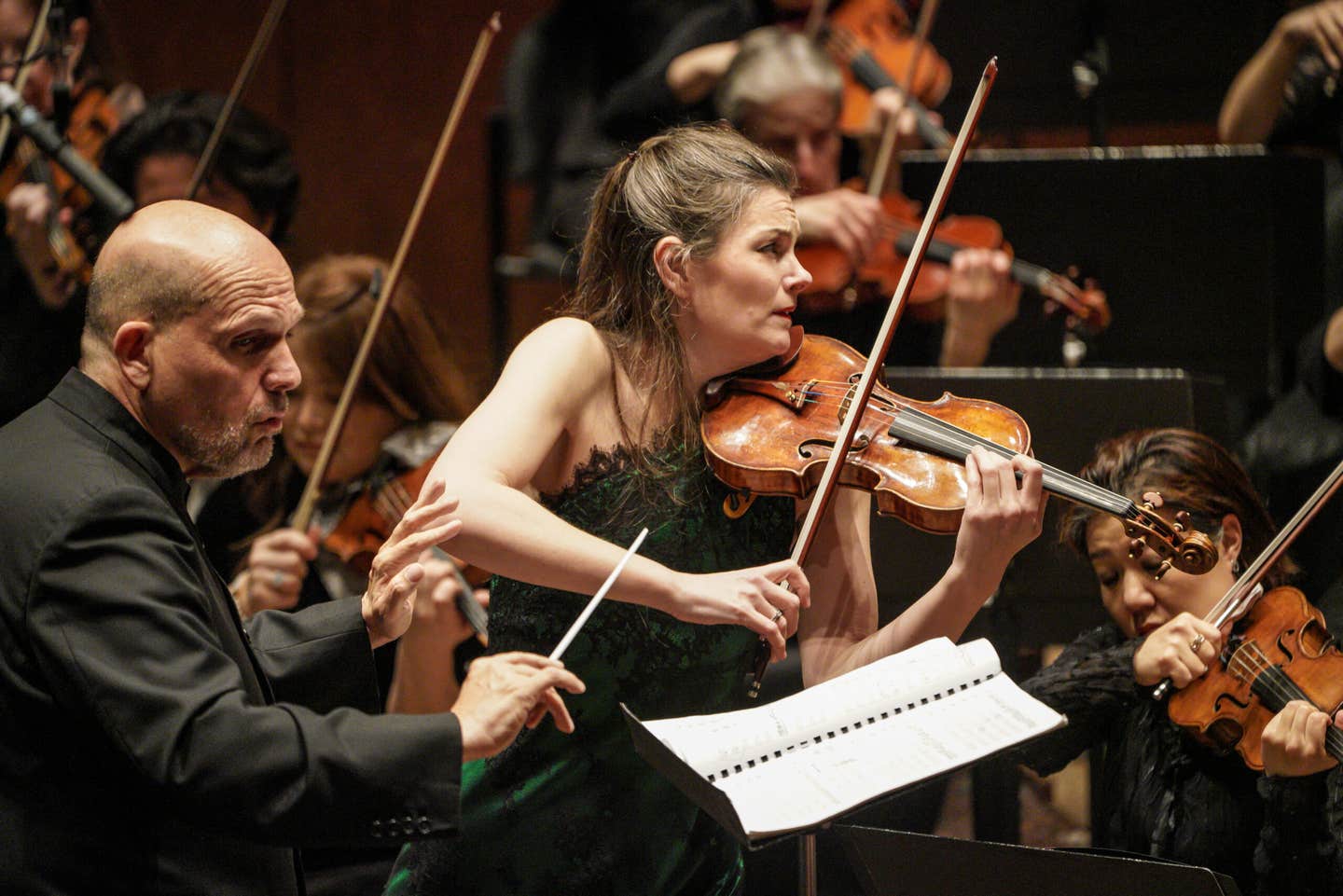Classical music boosts our mood by synchronizing our brain, study finds
Researchers have employed brainwave measurements and neural imaging to explore how music could potentially be used to activate brains of individuals

Classical Music (CREDIT: Iowa Public Radio)
Classical music, whether by Bach, Beethoven, or Mozart, is well-known for its ability to influence mood. A recent study published in Cell Reports by scientists in China has revealed how Western classical music positively impacts the brain. The researchers employed brainwave measurements and neural imaging to explore how music could potentially be used to activate the brains of individuals who do not respond to traditional treatments, such as those suffering from treatment-resistant depression.
“Our research integrates the fields of neuroscience, psychiatry, and neurosurgery, providing a foundation for any research targeting the interaction between music and emotion,” explains Bomin Sun, senior author and director at the Center for Functional Neurosurgery at Shanghai Jiao Tong University. The team’s ultimate goal is to translate these findings into clinical practice, developing effective music therapy tools and applications.
In the study, 13 patients with treatment-resistant depression were the focus. These individuals already had deep-brain stimulation electrodes implanted in a brain circuit connecting two forebrain areas: the bed nucleus of the stria terminalis (BNST) and the nucleus accumbens (NAc).
The researchers discovered that music exerts its antidepressant effects by synchronizing neural oscillations between the auditory cortex, responsible for processing sensory information, and the rewards circuit, which handles emotional processing.
Bomin Sun notes, “The BNST-NAc circuit, sometimes referred to as part of the ‘extended amygdala,’ highlights the close relationship between this circuit and the amygdala, a central structure in emotional information processing. Our study shows that music induces triple-time locking of neural oscillations in the cortical-BNST-NAc circuit through auditory synchronization.”
To investigate further, patients were divided into two groups: those with low music appreciation and those with high music appreciation. Those in the high appreciation group exhibited more significant neural synchronization and experienced better antidepressant effects.
Related Stories
On the other hand, the low appreciation group showed less favorable outcomes. This grouping allowed researchers to study the antidepressant mechanisms of music more precisely and to propose personalized music therapy plans tailored to improve treatment results. For example, when theta frequency noise was introduced into music to enhance BNST-NAc oscillatory coupling, patients in the low appreciation group reported greater music enjoyment.
The study used several pieces of Western classical music, deliberately chosen because most participants were unfamiliar with it. The researchers wanted to avoid any interference from subjective familiarity with the music. “We concluded that the music choices during the formal listening process were individualized and unrelated to the music’s emotional background,” Sun explains.
Looking ahead, the research team plans to delve deeper into the interaction between music and the brain's deep structures, particularly in relation to depressive disorders. Additionally, they intend to incorporate other forms of sensory stimuli, such as visual images, to explore the potential combined therapeutic effects of multi-sensory stimulation on depression.
Sun also highlights the team’s future plans to collaborate with clinicians, music therapists, computer scientists, and engineers. Their goal is to develop a range of digital health products based on music therapy, including smartphone applications and wearable devices.
These products aim to integrate personalized music recommendations, real-time emotional monitoring and feedback, and virtual-reality multi-sensory experiences. Such innovations are intended to provide convenient and effective self-help tools for managing emotions and improving symptoms in daily life.
Note: Materials provided above by The Brighter Side of News. Content may be edited for style and length.
Like these kind of feel good stories? Get The Brighter Side of News' newsletter.
Joshua Shavit
Science & Technology Writer | AI and Robotics Reporter
Joshua Shavit is a Los Angeles-based science and technology writer with a passion for exploring the breakthroughs shaping the future. As a contributor to The Brighter Side of News, he focuses on positive and transformative advancements in AI, technology, physics, engineering, robotics and space science. Joshua is currently working towards a Bachelor of Science in Business Administration at the University of California, Berkeley. He combines his academic background with a talent for storytelling, making complex scientific discoveries engaging and accessible. His work highlights the innovators behind the ideas, bringing readers closer to the people driving progress.



